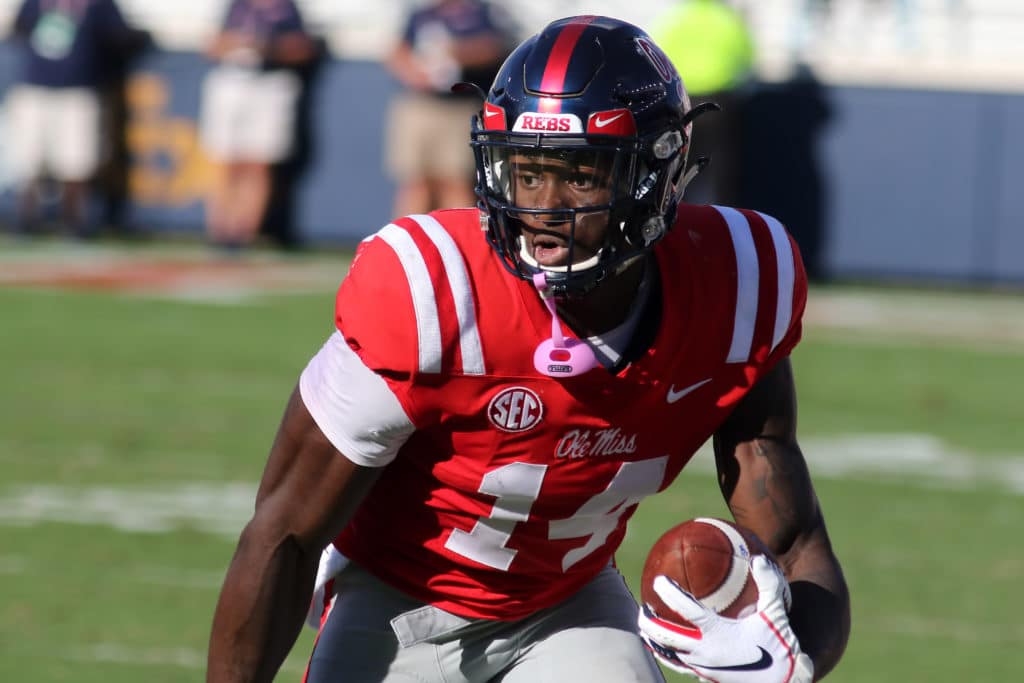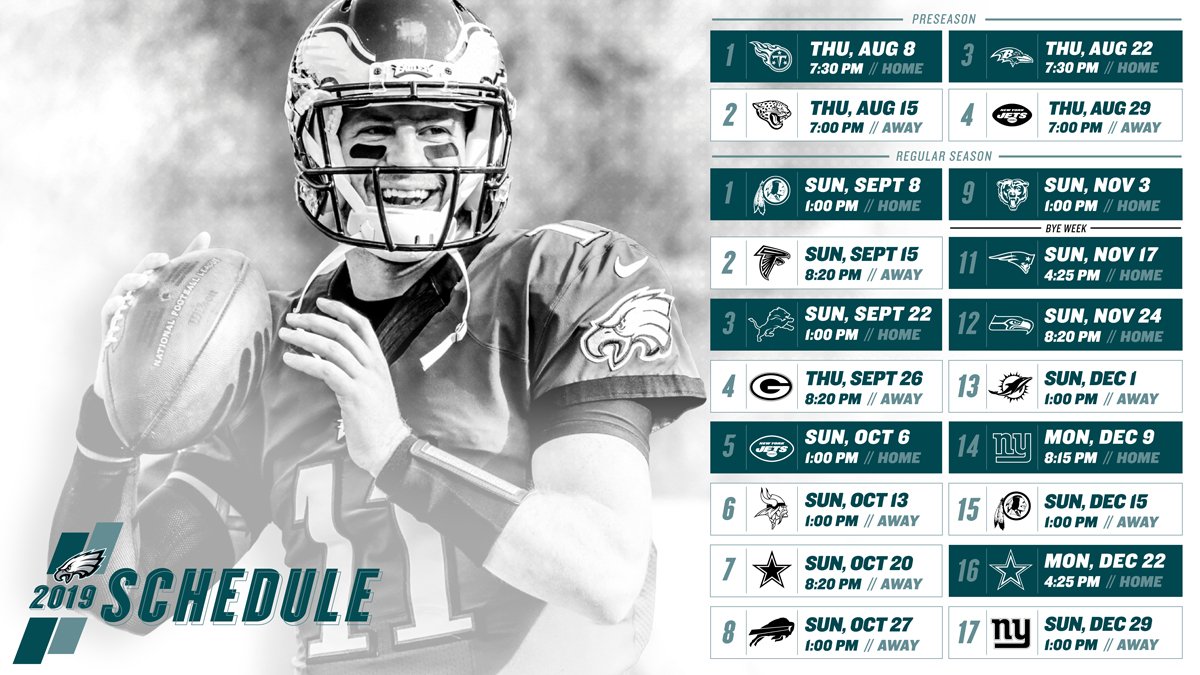- 146,409
- 192,614
- Joined
- Mar 30, 2007
Anyone?
Follow along with the video below to see how to install our site as a web app on your home screen.

Note: this_feature_currently_requires_accessing_site_using_safari
Anyone?


Devin went to the hospital after the fight so at least Mills won a matchup for once




Devin went to the hospital after the fight so at least Mills won a matchup for once




We end the season with 4 straight division games, that's a bit much at least two of them are the giants